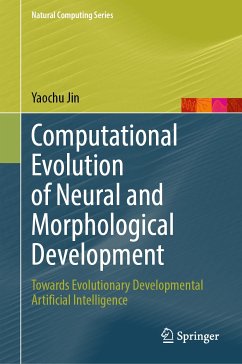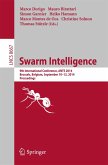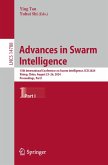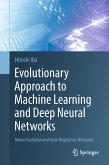The book begins with an introduction to computational algorithms used to understand and simulate biological evolution and development, including evolutionary algorithms, gene regulatory network models, multi-cellular models for neural and morphological development, and computational models of neural plasticity. Chap. 2 discusses important properties of biological gene regulatory systems, including network motifs, network connectivity, robustness and evolvability. Going a step further, Chap. 3 presents methods for synthesizing regulatory motifs from scratch and creating more complex regulatory dynamics by combining basic regulatory motifs using evolutionary algorithms. Multi-cellular growth models, which can be used to simulate either neural or morphological development, are presented in Chapters 4 and 5. Chap. 6 examines the synergies and coupling between neural and morphological evolution and development. In turn, Chap. 7 provides preliminary yet promising examples of how evolutionary developmental systems can help in self-organized pattern generation, referred to as morphogenetic self-organization, highlighting the great potentials of evolutionary developmental systems. Finally, Chap. 8 rounds out the book, stressing the importance and promise of the evolutionary developmental approach to artificial intelligence.
Featuring a wealth of diagrams, graphs and charts to aid in comprehension, this book offers a valuable asset for graduate students, researchers and practitioners who are interested in pursuing a different approach to artificial intelligence.
Dieser Download kann aus rechtlichen Gründen nur mit Rechnungsadresse in A, B, BG, CY, CZ, D, DK, EW, E, FIN, F, GR, HR, H, IRL, I, LT, L, LR, M, NL, PL, P, R, S, SLO, SK ausgeliefert werden.









